Hardware
- Microcontroller: Atmega328p with Arduino bootloader
- Real Time Clock: Maxim DS3231 (<2min per year deviation)
- Display: 96x96 pixel Sharp Memory LCD (LS013B4DN04)
- Battery: CR2025 160mAh coin cell
Features
- The ATmega is in Sleep mode for most of the time and only runs once a minute to update the time or if a button is pressed. This reduces the current consumption to 2uA. Sady the display needs a certain pulse every second, which requires a complicated additional circuit. Because of this the current consumption is around 20uA. This still makes for around half a year of battery life.
- User Interface controllable with three side buttons. Buttons are 3D-printed and activate switches on the PCB
- Tells time, date, temperature and battery voltage on the main screen. No additional temperature sensor is needed, because the DS3231 already has one integrated for temperature compensation.
- Stopwatch
- Flappy Bird clone ("That would have been cool in 2013")
- The case consists of four 3D-printed parts. It has a thickness of only 10.8mm, which is thinner than the Apple Watch. Unfortunately it lacks screen protection.
- Fits any 22mm Watchband
 Max.K
Max.K
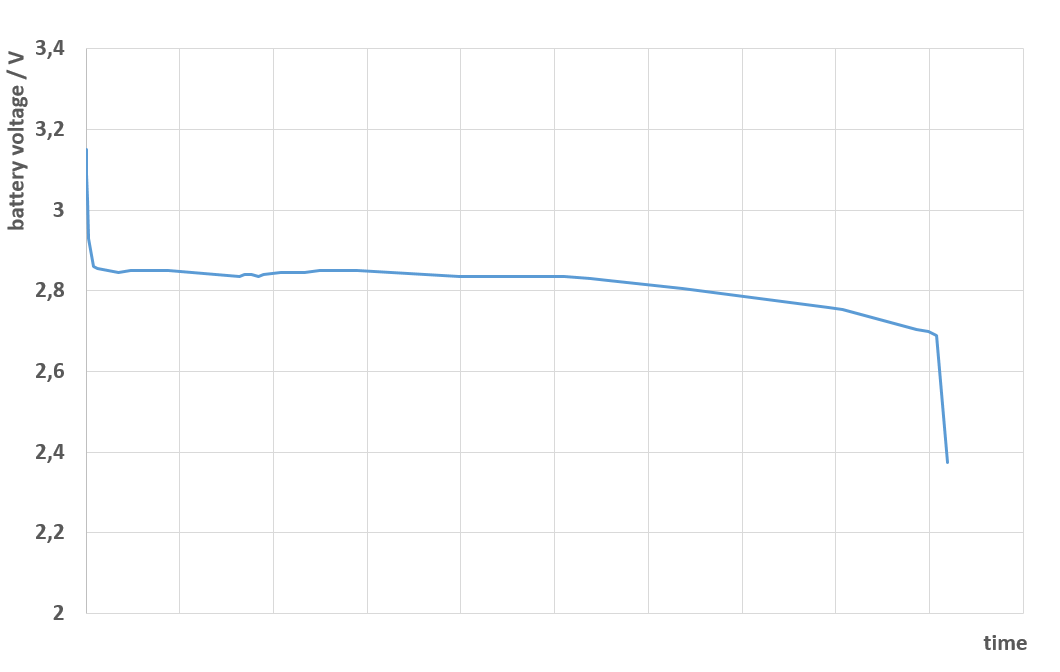

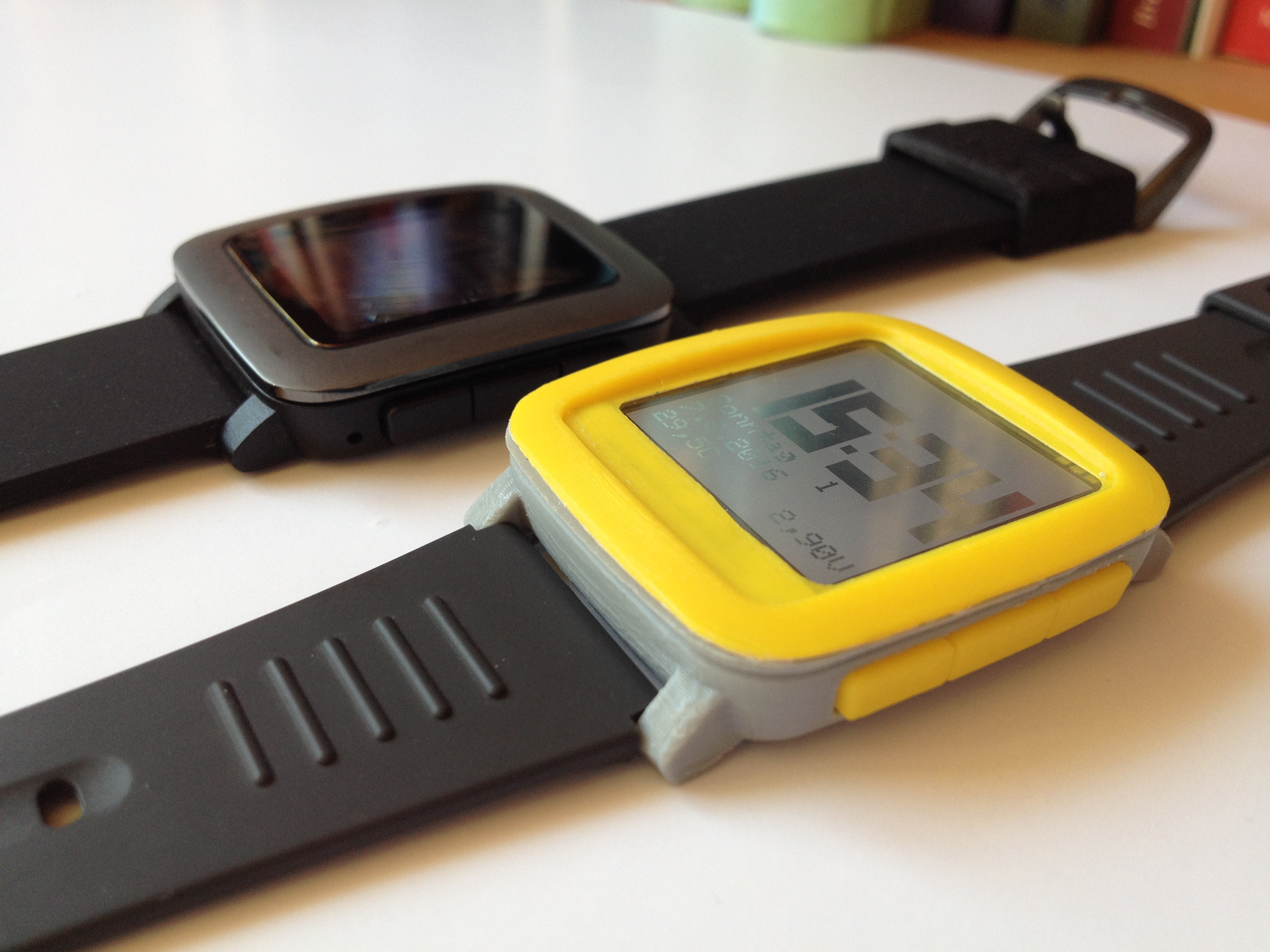



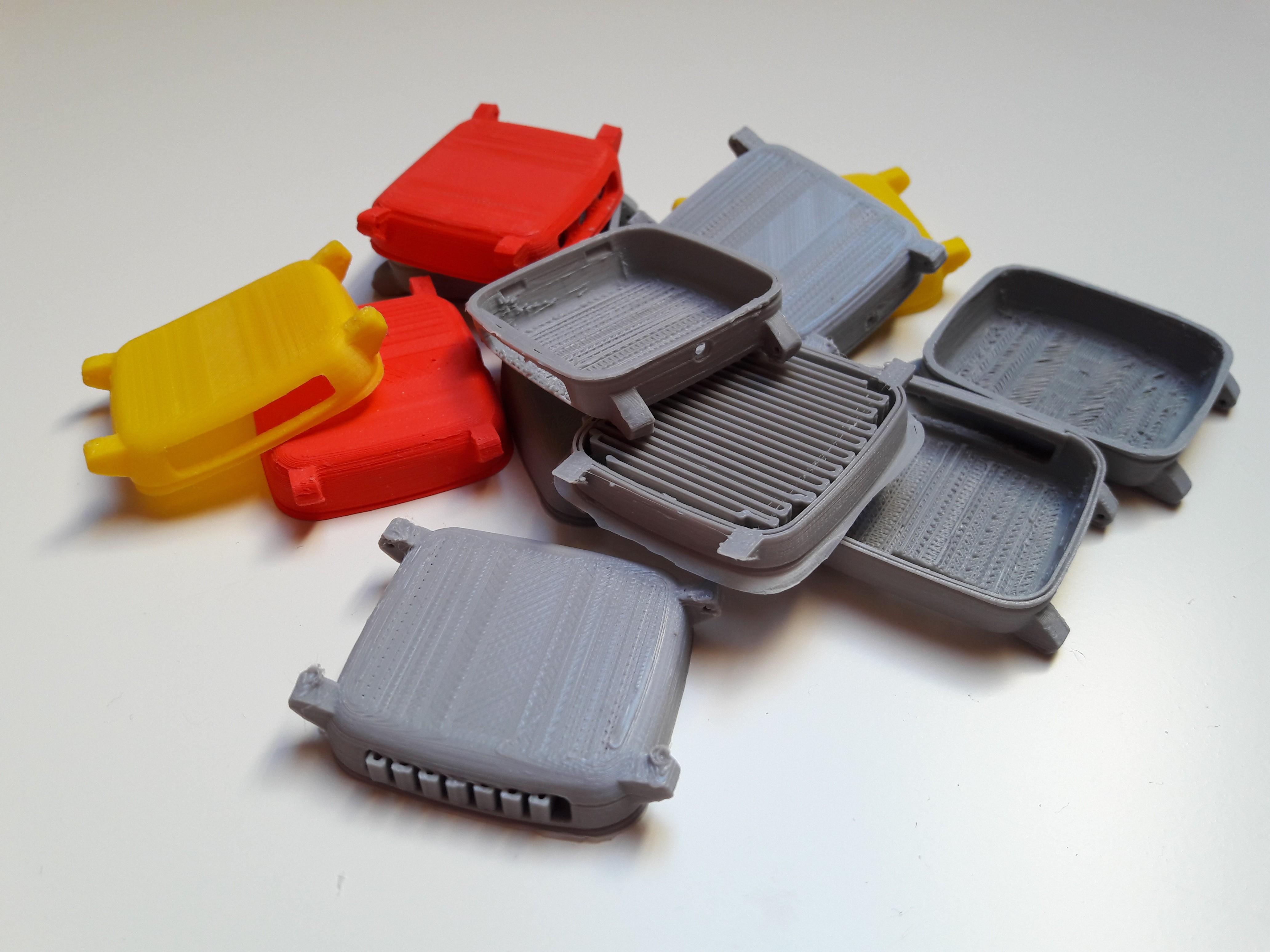

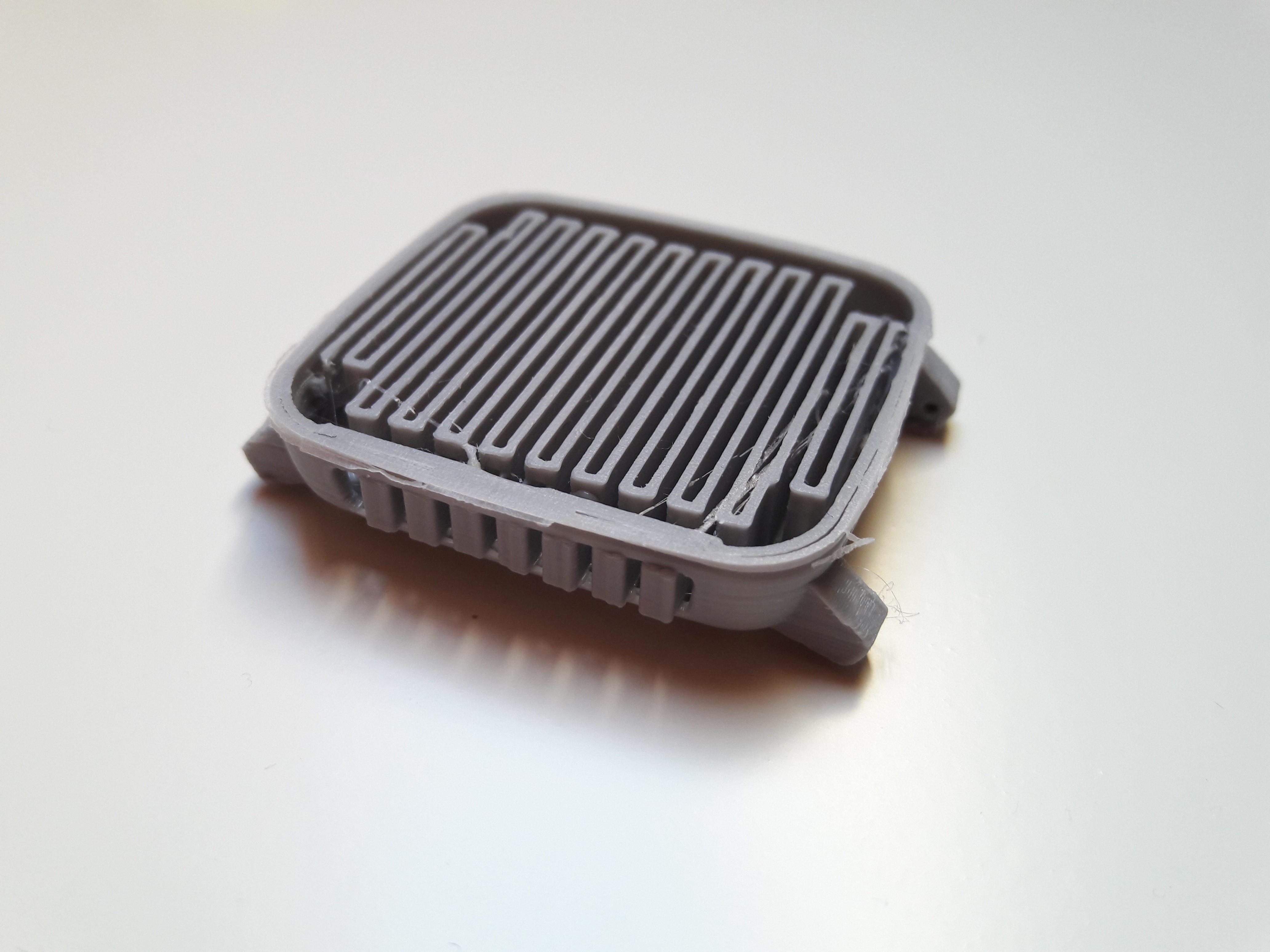




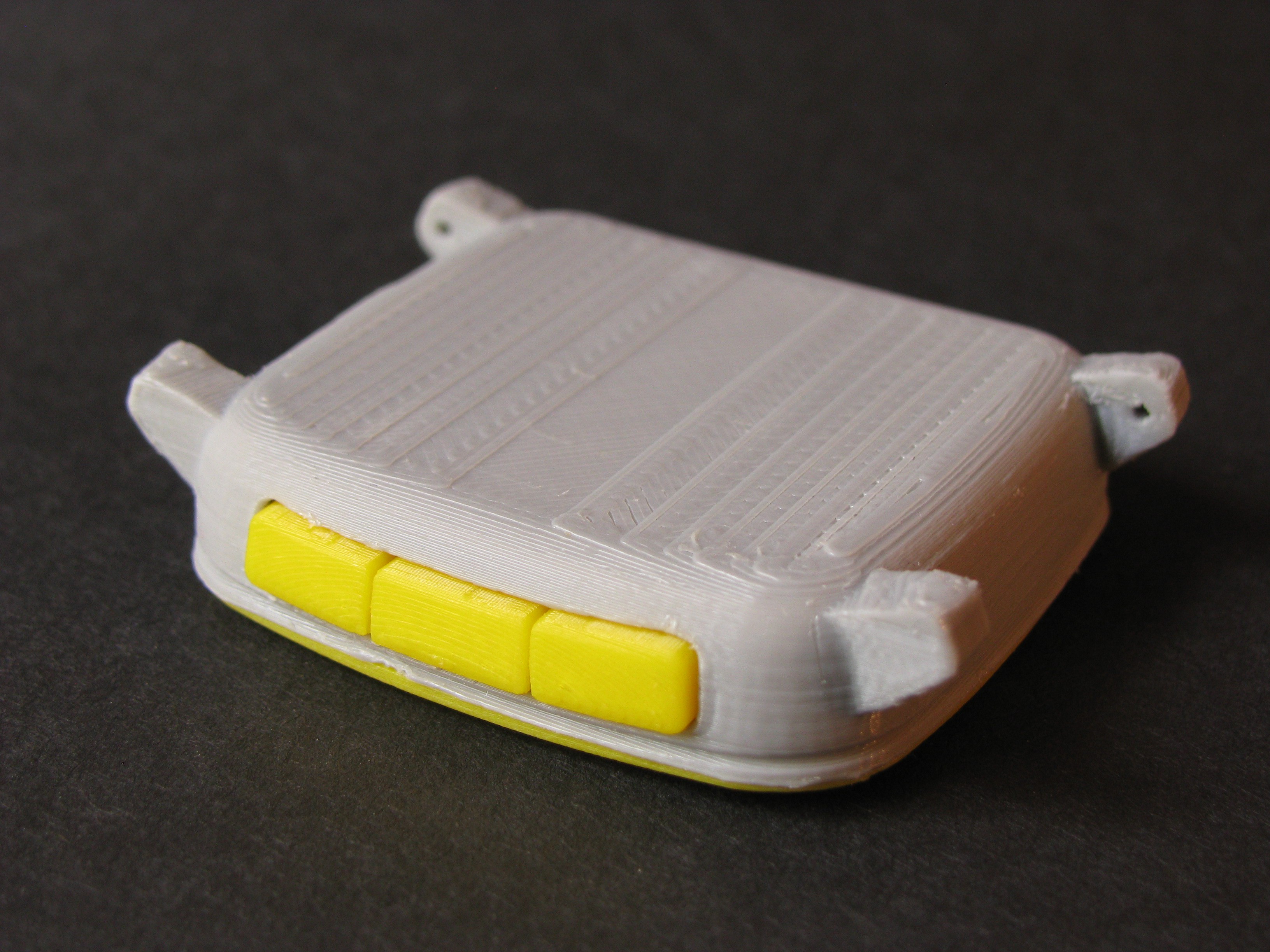
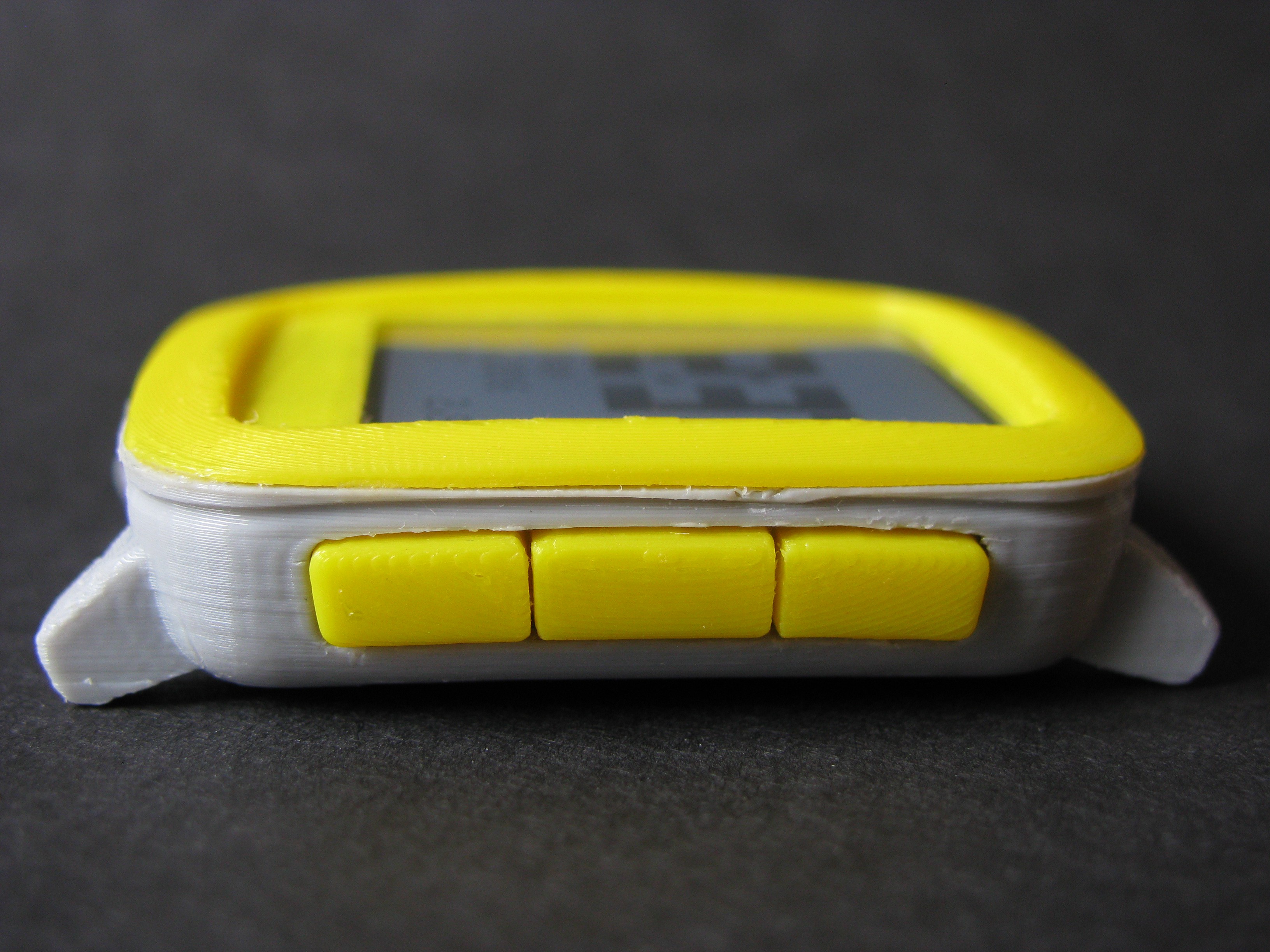

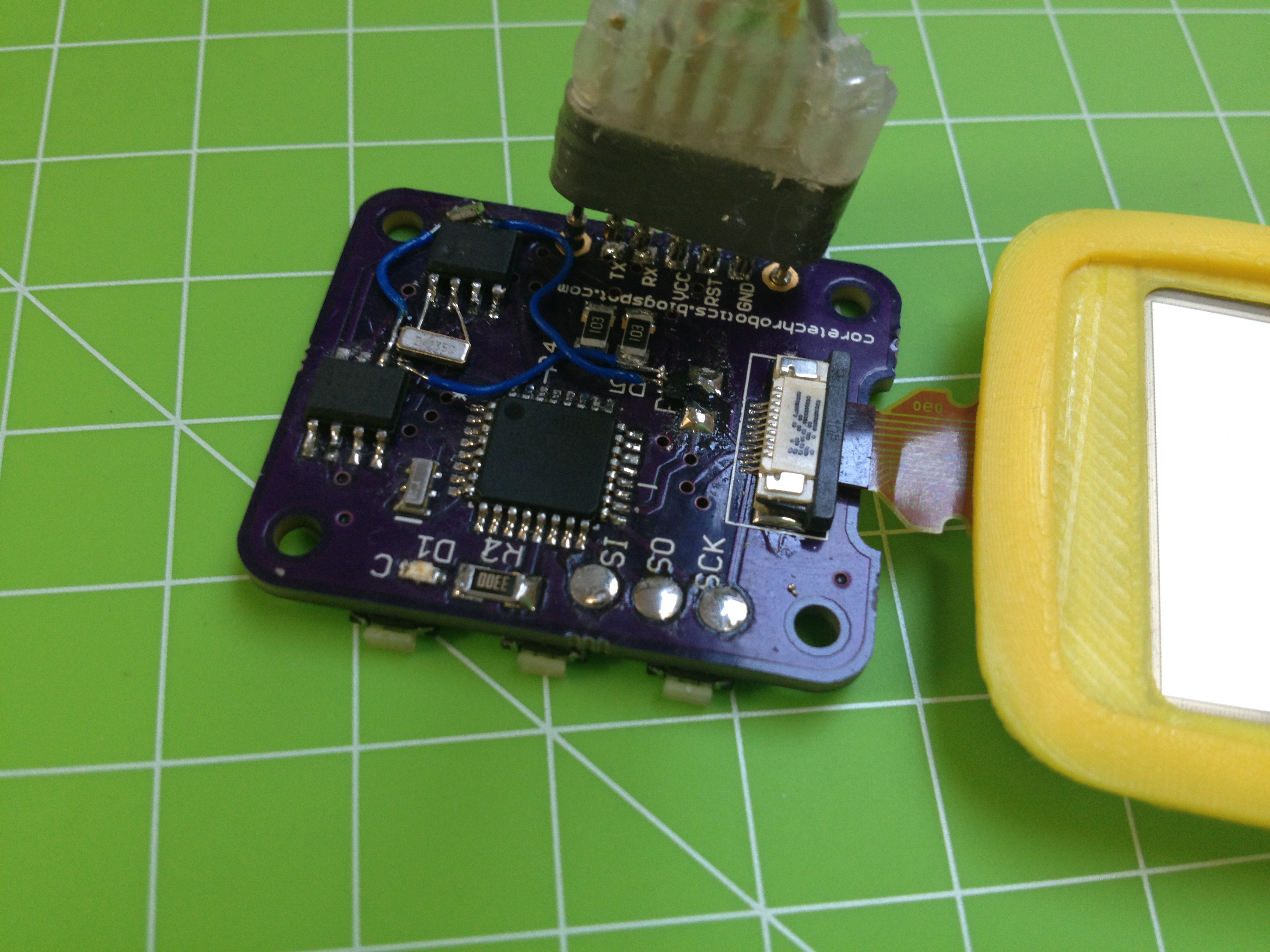




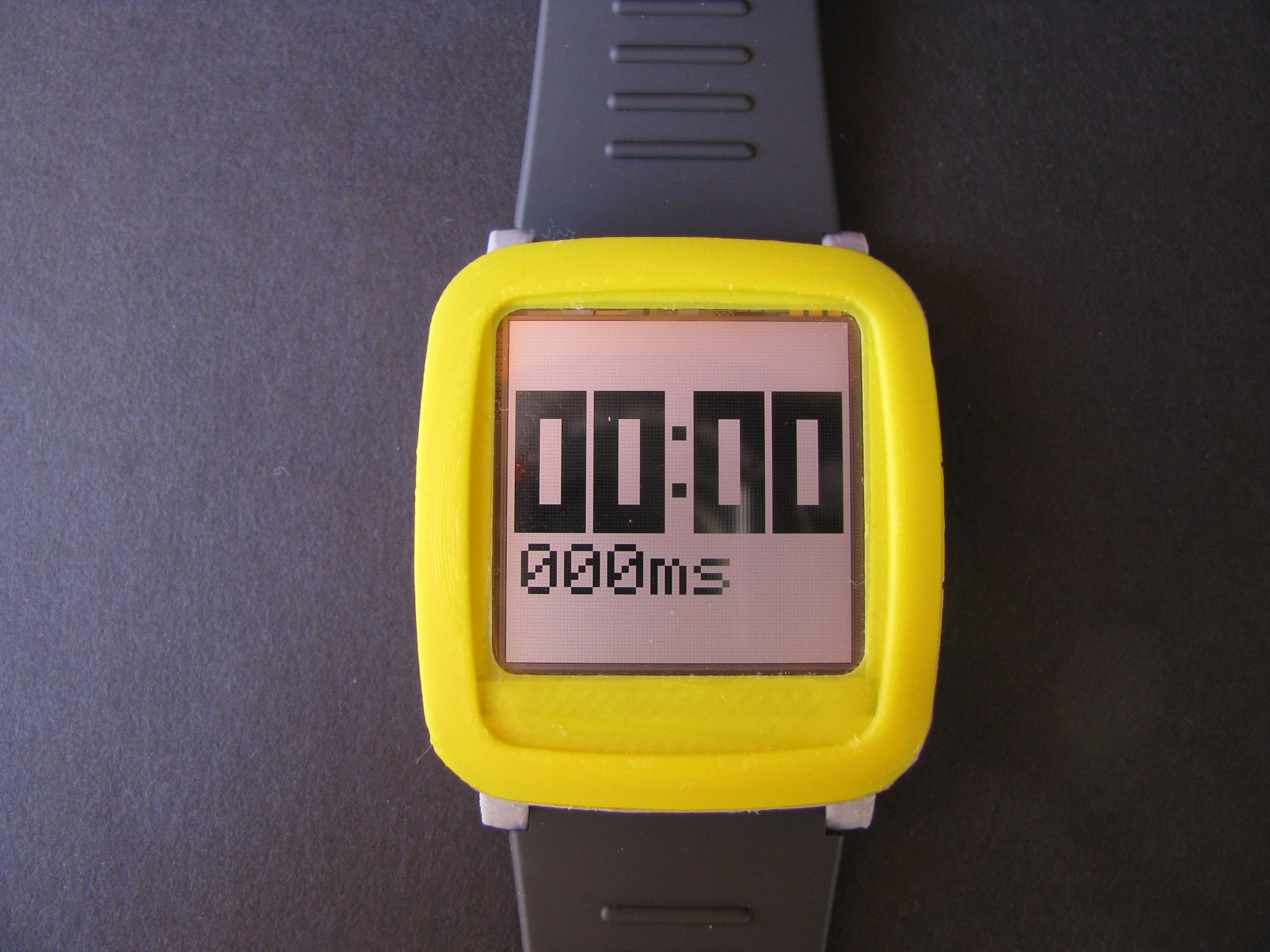
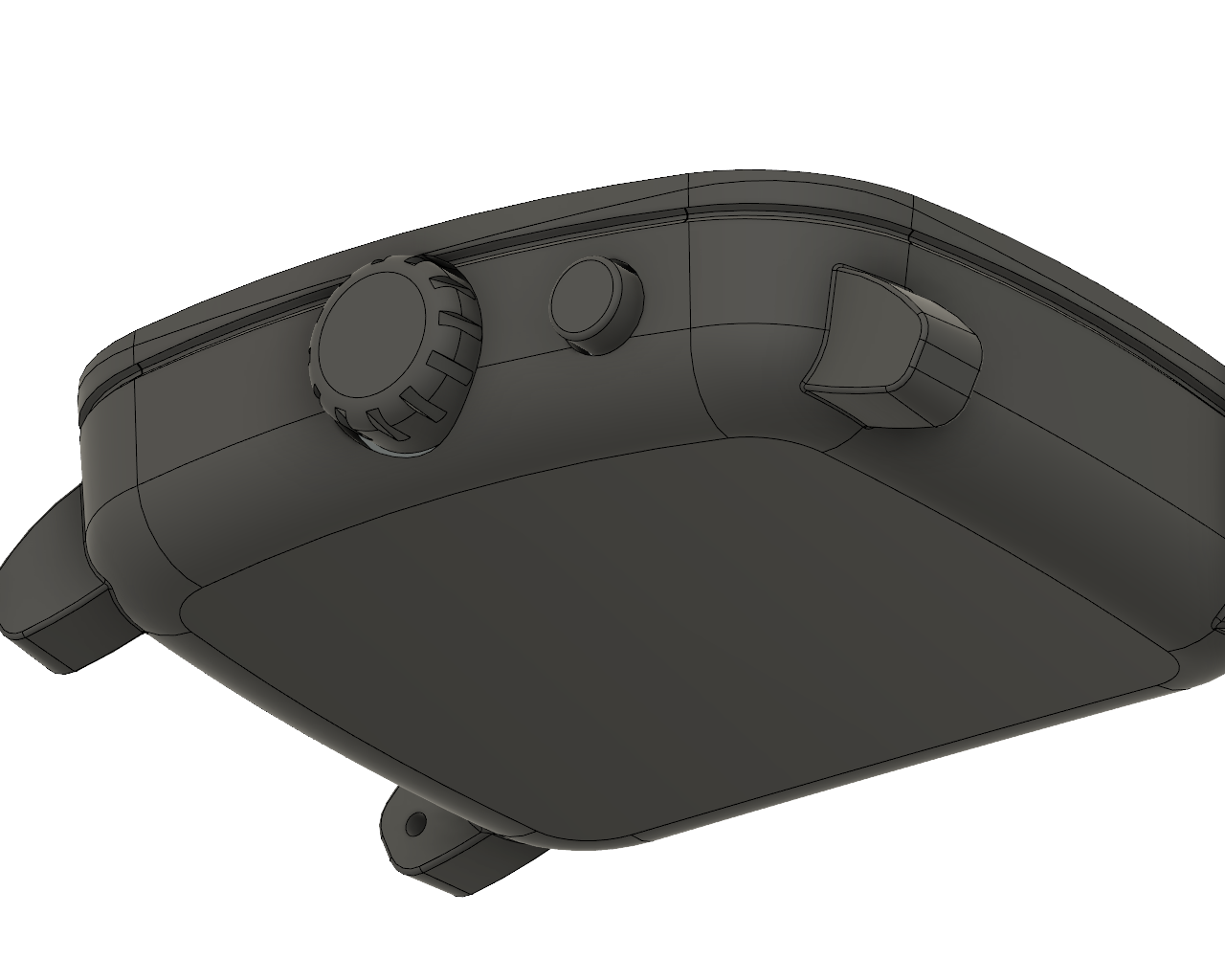



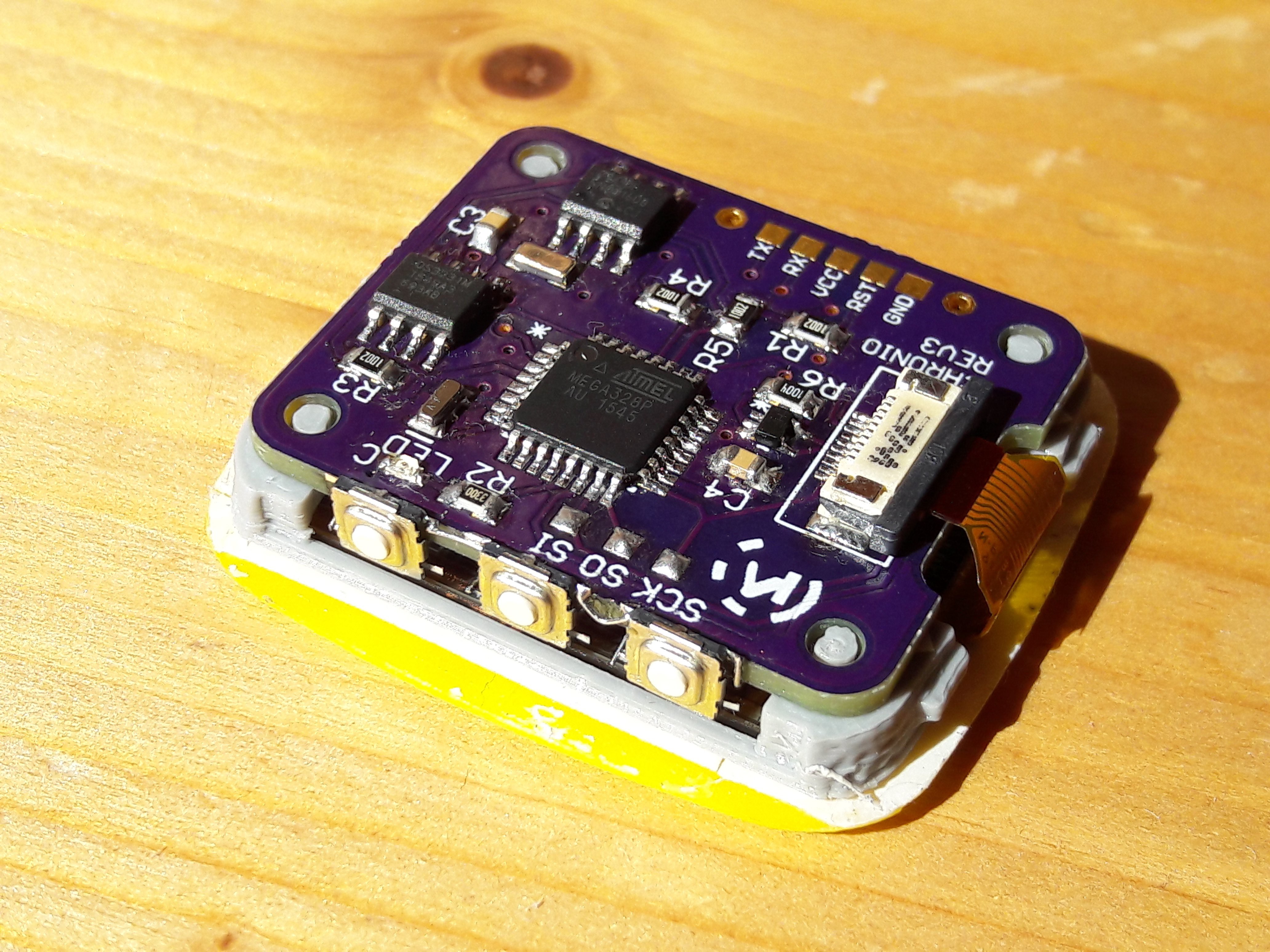
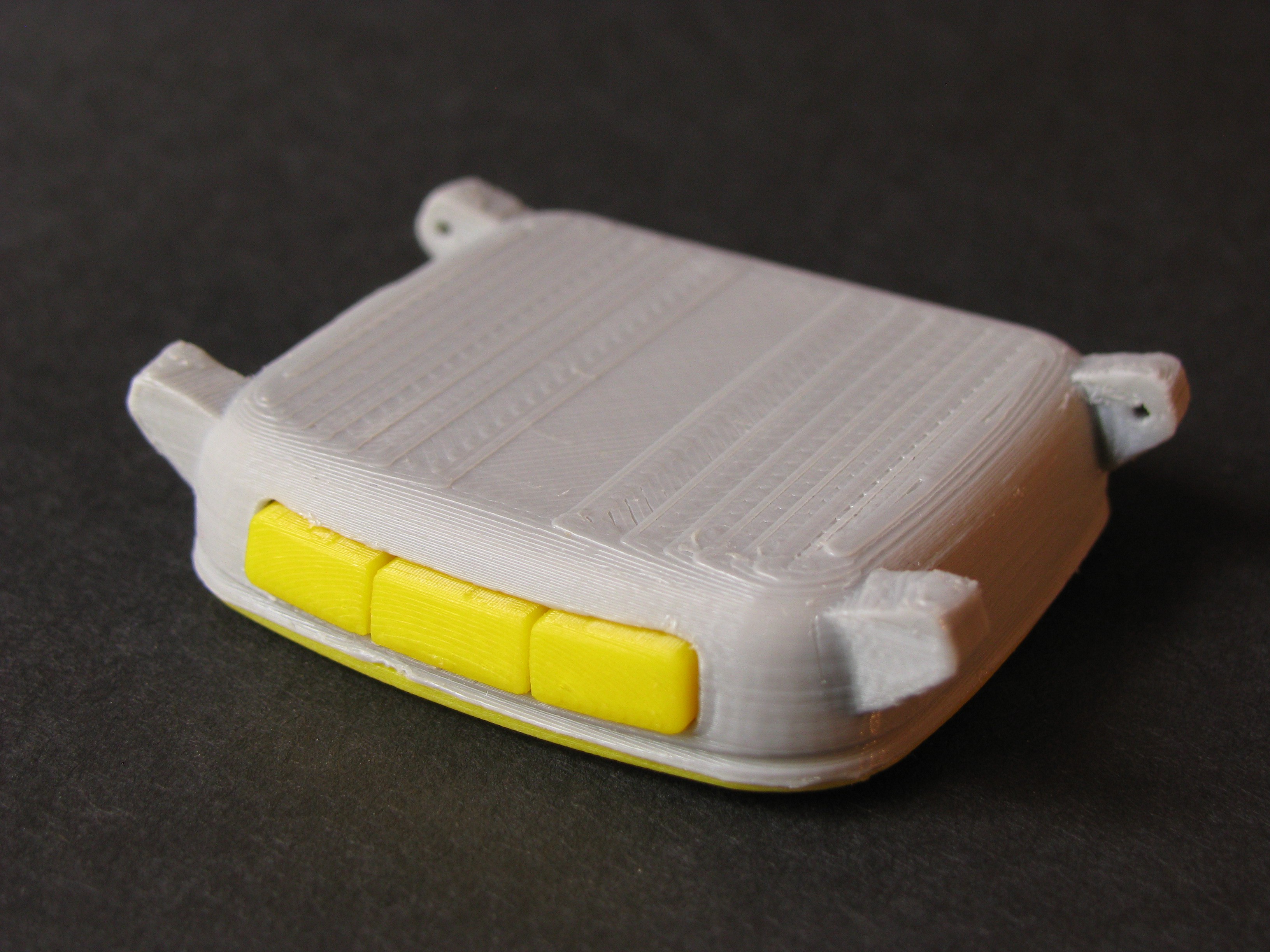




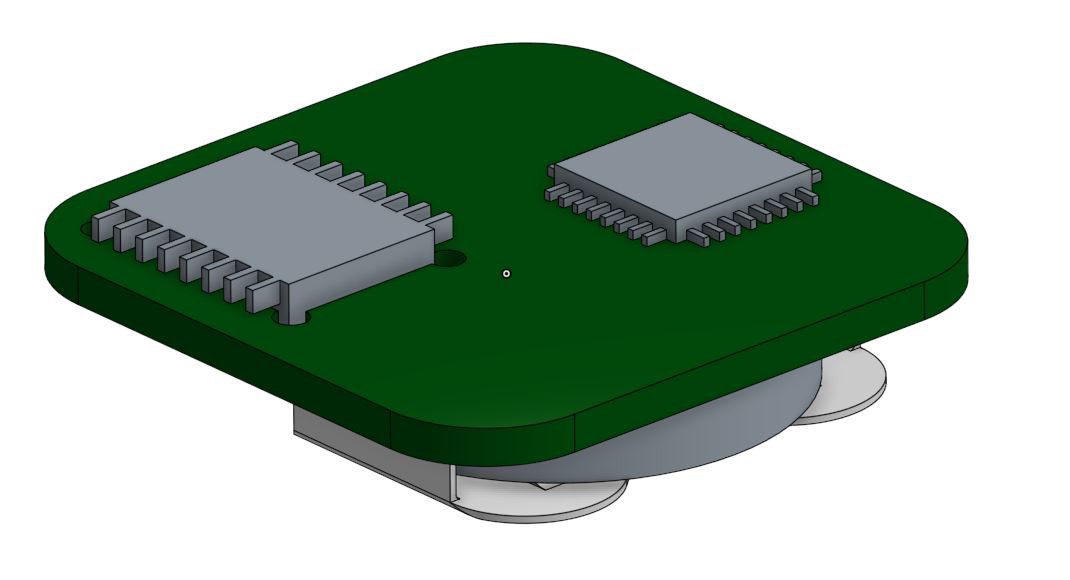
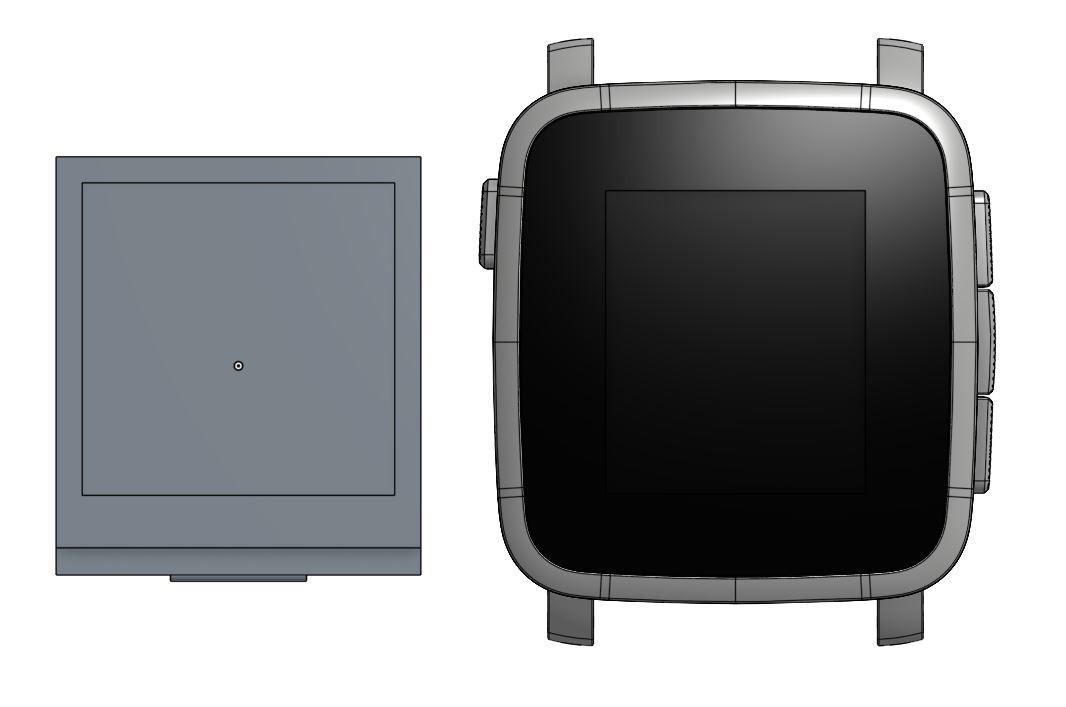









 TinLethax
TinLethax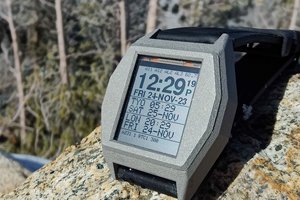
 VALENTINE
VALENTINE

 Dominic Buchstaller
Dominic Buchstaller
Technical merits aside, it really is beautiful.